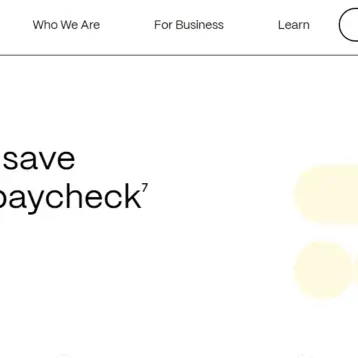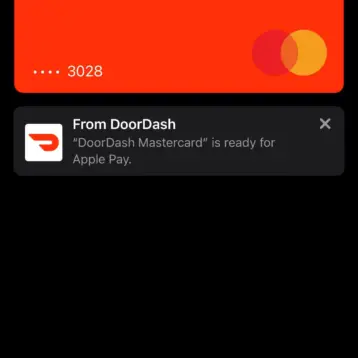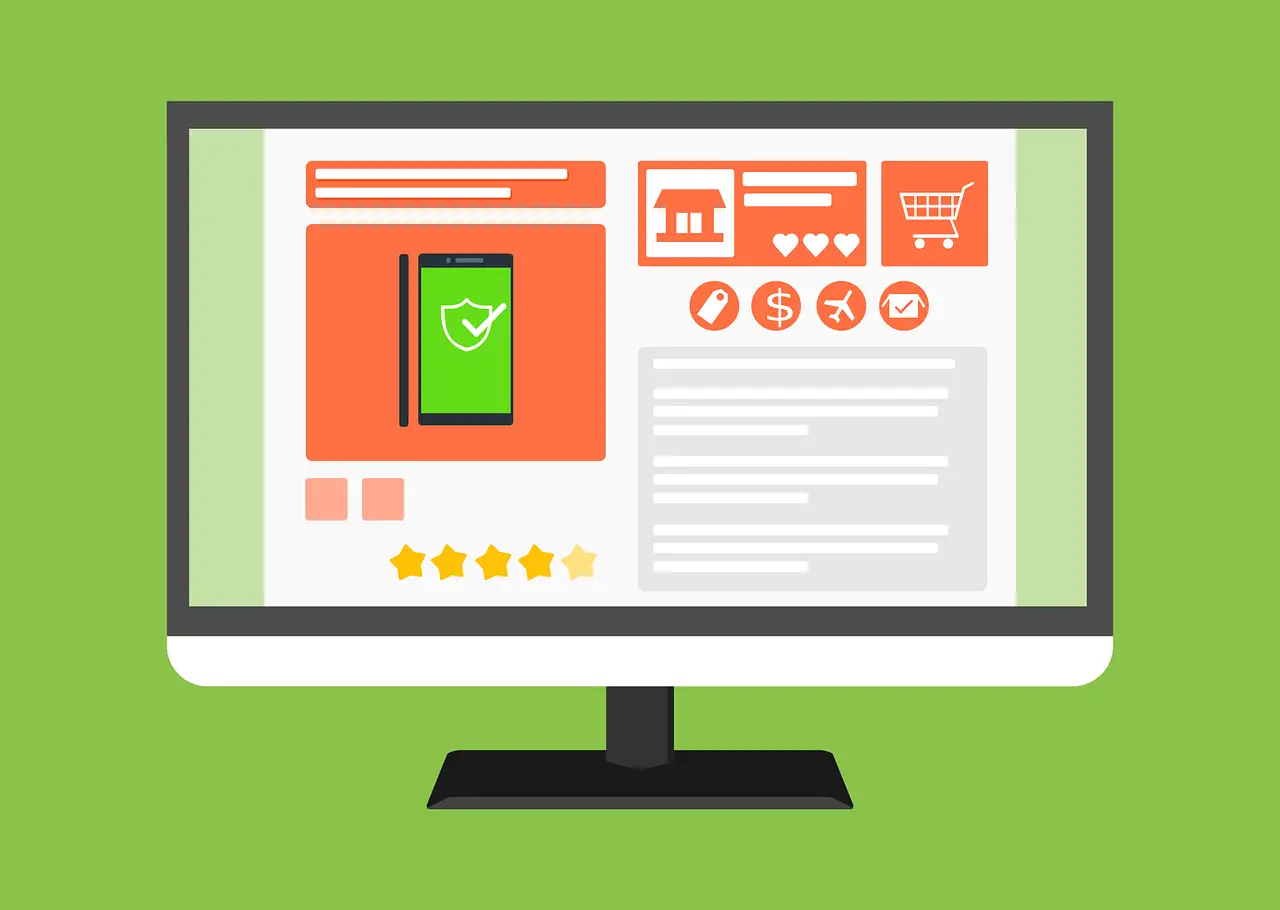
Image by 200 Degrees from Pixabay
Your customers know exactly what they want. But do you?
Personalization is actually a feature that all consumers want even if it aims to sell something to them. Contrary to a popular perception that customers don’t like it, over half of the customers would rather shop with a business that remembers details like their preferences and purchase history, as an Accenture study found.
Personalization is today’s answer to providing a stellar customer experience designed to convert. In order to stay relevant in the online market, businesses must be able to provide this service to keep their customers interested and engaged. So, how exactly can your team beat the challenge
Here are three easy starting points to start including personalization into your content.
Recommend Products to Upsell
Personalization does not have to be an elaborate campaign that creates millions of unique advertisements catering to each individual consumer. Instead, it can be just a simple solution that provides viewers with something special.
One of the best ways to please a customer is to make things easier for them. By providing branded content based around products or services related to their interests, you are not only informing them about relevant information, but you are also taking away the task of having to dig for it.
A study by Invesp found that 45% of customers would prefer to buy from retailers that offer personalized recommendations. Additionally, this is why 53% would be more likely to return. Ultimately, the goal of offering these kinds of personal recommendations is to increase brand visibility and boost revenue.
If you run an online store, this tactic is perfect for upselling items or pushing new products that customers may not be aware of. Fortunately, creating customized suggestions is not difficult or complicated. By tracking the point of sale data from previous purchases, your team can gather information on frequently bundled items to create relevant content that converts.
Build the Functionality on Your Website
In the previous section, we talked about implementing personalized recommendations and content. However, that’s easier said than done – you need to ensure that your team has the right resources and tools to do it. Personalization software makes the task of creating quality content easier for marketers while providing customers with the consistent experience they want and expect.
For starters, the ecommerce platform you choose builds the base of your all your personalization efforts, because every plugin or add-on that enables conversion – such as pop-up boxes, forms, or CTAs – needs to run on top of a customizable and feature-rich CMS or ecommerce platform.
To go one level deeper than across-the-site personalization, a growing trend is to create landing pages that are designed specifically for the individual (based on their previous interactions), resulting in measurable increases in conversion rates. A few good examples:
- Dynamic Yield lets you undertake behavioral testing, customer segmentation and omnichannel personalization.
- Evergage allows for real-time personalization on mobile apps and emails in addition to your website.
- OmniConvert provides conversation-based surveys, A/B testing, overlays and segmentation.
As there are all kinds of solutions out there, you need to be sure that your team goes with the technology that enhances the customer experience, rather than complicates it. Make your strategy customer-focused, then supplement with the proper tools that will support your efforts.
Make Your Content Strategy Interactive
Interactive content creates unique experiences for each consumer, as it provides different outcomes for each of them. This kind of content has been growing in popularity lately; however, many marketers see it as a challenge because of presumptions that it might be too resource-intensive to create or that creatives might need to work with developers for technicalities. All this adds to the presumption that interactive content won’t fit into the campaign budget.
This isn’t true by a long way. Quizzes or forms that allow shoppers to provide their personal information for a loyalty incentive are fairly easy to create and can give you some extremely valuable data and insights on consumer behavior.
Experts claim that this approach is more effective at grabbing your customer’s attention and creating more memorable experiences. Demand Metric’s Content & Buyer’s Journey Benchmark Report also found that you can double your content’s conversion rates by going interactive.
There are a lot of ways to create unique and interactive content, but the key is to use it in a way that is relevant to your business and customer’s needs. For example, calculators or estimation generators are great for SaaS companies that offer services priced on usage or demand. Polls or surveys can be used to suggest products for ecommerce sites. Interactive e-books, diagnostic tests, and troubleshooters are forms of informative content that help support your customers.
All in all, interactive content builds thought leadership, credibility, and online reputation for your brand.
In Closing
Personalization is the key to making your audiences happy, interested, engaged, and coming back for more. The practice is much easier and more affordable than you might think. By adding in little touches like relevant shopping suggestions catered to each user, or interactive content that makes each experience one-of-a-kind, bringing personalization into your brand’s content can do a lot to breathe new life into your marketing strategy. Plus, with the right online tools and software to simplify the process, creating and perfecting personalization is more attainable than ever.



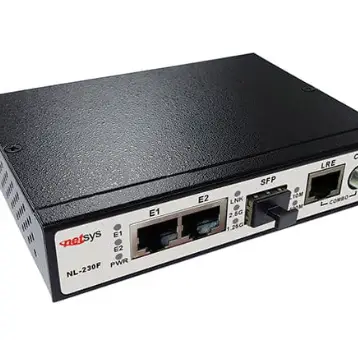
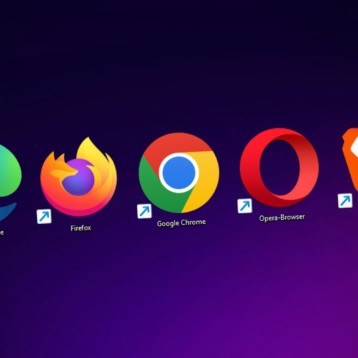


![10 Top Game Sites Not Blocked By School [2024 Updated]](https://thefutureofthings.com/wp-content/uploads/2024/10/image-25-358x358.png)
